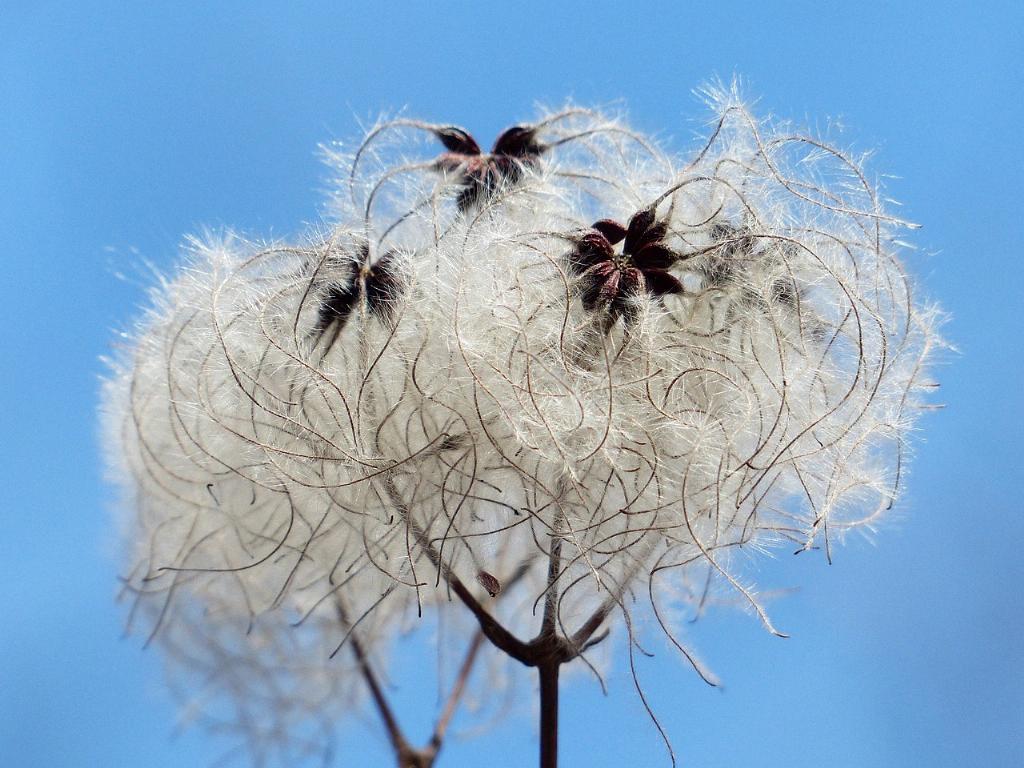Pruning clematis is a crucial aspect of their care routine that cannot be overlooked. By regularly trimming your clematis, you not only stimulate healthy growth and abundant flowering but also prevent them from becoming a tangled mess of woody stems with sparse blooms. A well-pruned clematis plant not only looks more aesthetically pleasing but also performs better in terms of flowering and overall vitality.
When to Trim Clematis
Knowing when to prune your clematis is essential to ensure optimal growth and flowering. The timing of pruning varies depending on the type of clematis you have. Generally, clematis are categorized into three groups based on their flowering time, and each group requires different pruning times to maximize their potential. It is important to familiarize yourself with the specific pruning requirements of the clematis variety you are growing.
How to Prune Clematis
The method of pruning clematis depends on their flowering characteristics and growth habits. Some clematis bloom on new growth while others on old wood. Understanding the specific pruning needs of your clematis is crucial to avoid inadvertently removing flower buds and compromising next season’s blooms. Proper pruning techniques not only maintain the plant’s shape but also promote vigorous growth and prolific flowering.
Tools for Pruning Clematis
Having the right tools for pruning your clematis is essential to ensure clean cuts and minimize damage to the plant. A sharp pair of pruning shears or secateurs is necessary for precision pruning, especially when dealing with thick stems. Additionally, having a pair of pruning gloves can protect your hands from thorns and rough plant surfaces while working on your clematis.
Mistakes to Avoid When Pruning Clematis
While pruning is beneficial for clematis, there are common mistakes that can hinder their growth and flowering potential if not avoided. One of the most common errors is pruning at the wrong time, which can remove next season’s flower buds. Over-pruning can also weaken the plant and reduce its ability to produce blooms. It is essential to follow the correct pruning practices to ensure the health and vitality of your clematis.
Benefits of Regular Pruning
Regular pruning of clematis offers a multitude of benefits beyond just shaping the plant and enhancing its aesthetic appeal. By removing dead or damaged growth, you improve air circulation around the plant, reducing the risk of disease and pest infestations. Pruning also encourages the clematis to put more energy into producing new growth and flowers, resulting in a more robust and floriferous plant.
Pruning Young Clematis
Properly pruning young clematis plants sets the foundation for their future growth and development. Early pruning helps shape the plant and encourage the growth of strong, healthy stems. It is important to establish a pruning routine from an early age to ensure that your clematis grows into a well-formed and productive plant with abundant blooms.
Consulting Resources for Pruning Guidance
If you are unsure about how to prune your clematis or need specific advice for a particular variety, don’t hesitate to consult reliable resources such as gardening books, online guides, or local horticultural experts. Understanding the pruning requirements of your clematis cultivar is essential for achieving optimal results and ensuring the long-term health of your plants.
Pruning Techniques for Different Clematis Varieties
Each type of clematis has unique pruning needs based on its flowering characteristics and growth habits. Some clematis bloom on new growth produced in the current season, while others flower on the previous year’s wood. By familiarizing yourself with the specific pruning requirements of your clematis variety, you can tailor your pruning practices to promote maximum flowering and vigorous growth.
Monitoring Growth after Pruning
After pruning your clematis, it is important to monitor the plant’s growth and development to ensure that it responds positively to the pruning. Healthy new growth, abundant flowering, and vigorous stems are all indicators of successful pruning practices. Regularly check your clematis for signs of growth and adjust your pruning routine accordingly to maintain the plant’s health and vitality.
Pruning Frequency for Clematis Maintenance
Establishing a regular pruning schedule for your clematis is essential for maintaining their health and vigor. Depending on the type of clematis you are growing, you may need to prune them once or multiple times throughout the year to promote optimal growth and flowering. By incorporating pruning into your regular gardening routine, you can ensure that your clematis continue to thrive and produce beautiful blooms year after year.

Conclusion
In conclusion, the practice of pruning clematis plays a crucial role in promoting their health, vigor, and flowering performance. By understanding the specific pruning requirements of your clematis variety and following the correct pruning techniques, you can ensure that your plants remain healthy, productive, and aesthetically pleasing. Incorporating regular pruning into your gardening routine is key to maintaining the long-term vitality and beauty of your clematis plants.
